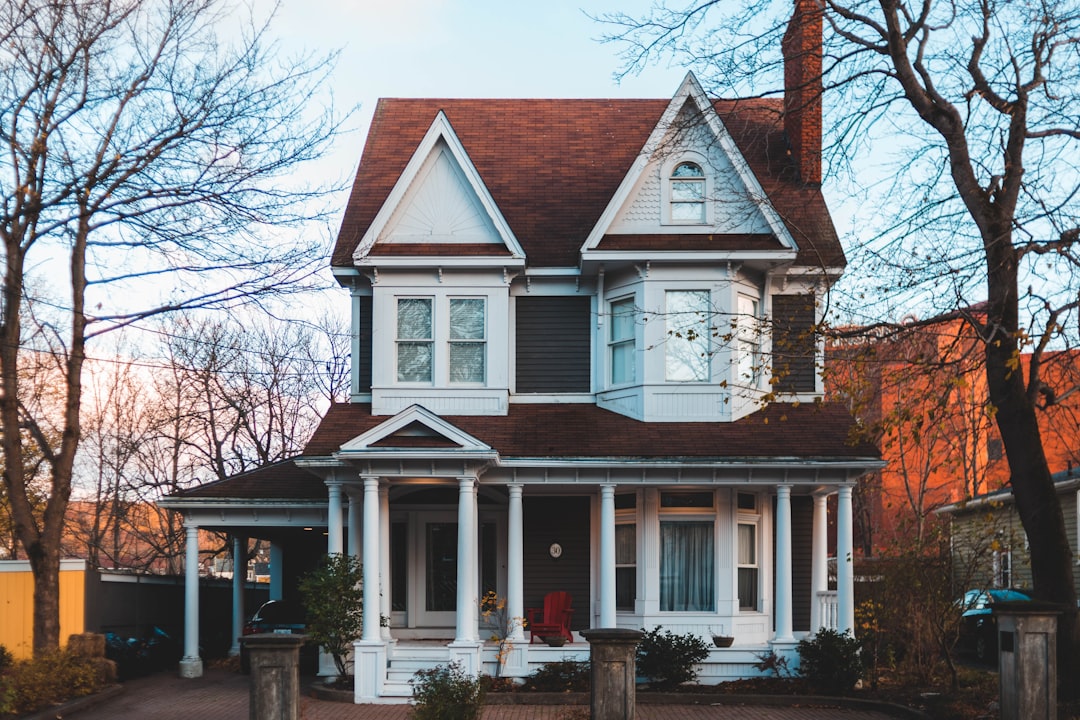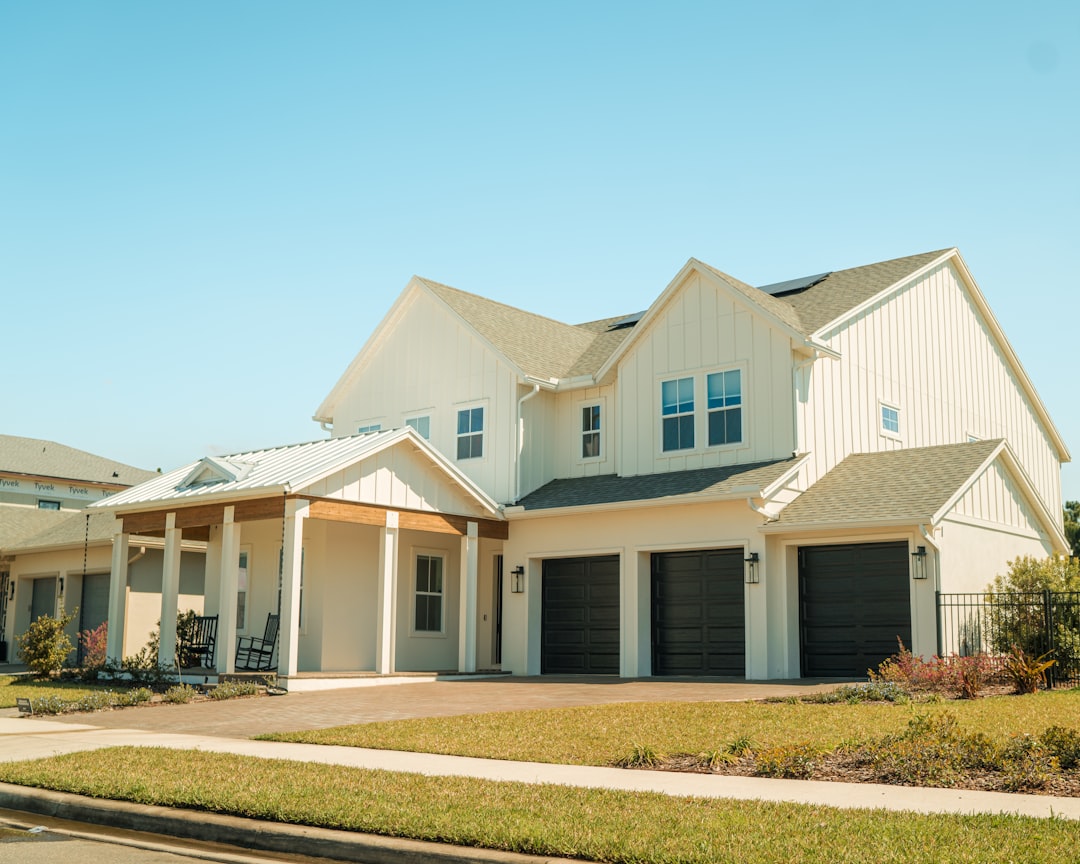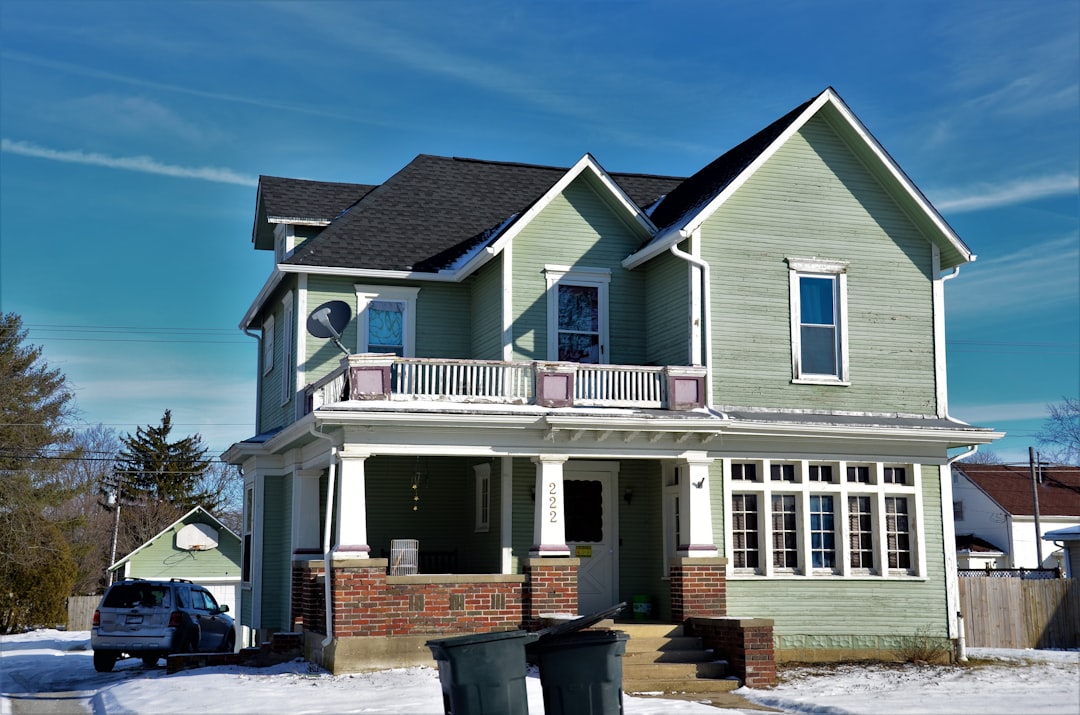

Engage prospects with a scan and streamline customer engagement with FREE QR code marketing tools by Sona – no strings attached!
Create a Free QR CodeFree consultation

No commitment

Engage prospects with a scan and streamline customer engagement with FREE QR code marketing tools by Sona – no strings attached!
Create a Free QR CodeFree consultation

No commitment
QR codes have quickly become essential tools for bridging the gap between offline and online experiences in home buying services. Agencies often lose valuable prospects who interact with physical marketing such as signage and brochures but never fill out a form or express interest digitally, resulting in lost opportunities. With increasing demand for property searches, virtual tours, and instant information, real estate marketers and homebuyers have embraced QR codes to solve these challenges, as noted in the Forbes analysis.
Integrating QR codes across open houses, signage, flyers, and listings gives home buying services visibility into previously anonymous buyer behavior. This approach enables better tracking, personalized engagement, and the ability to link offline actions like a code scan at a property that signals genuine intent directly to CRM and advertising platforms. As a result, QR codes accelerate conversion cycles, clarify campaign attribution, and empower data-driven marketing decisions.
This guide explains how home buying services can deploy QR codes to capture leads before the competition, connect offline touchpoints to revenue, and nurture more relevant buyer journeys. The outcome is a focused strategy for strengthening conversion rates, tracking leads, and bringing offline intent data into every aspect of property marketing.

Real estate marketers often struggle to convert foot traffic and casual interest into leads because analog processes cannot track every engaged prospect. Paper flyers get tossed, sign-in sheets are hard to read, and long URLs are rarely typed on mobile. QR codes streamline these interactions by turning every physical asset into a digital onramp that captures intent, attributes engagement, and routes leads for immediate follow-up.
The key is to deploy QR codes where buyers already seek speed and clarity. With a quick scan, a prospect can jump from curbside interest to a virtual tour, from a brochure to a prequalification form, or from an open house sign-in to a scheduled showing. When integrated with your CRM and ad platforms, each scan becomes a measurable step toward conversion rather than a forgotten moment of curiosity.
With advanced platforms now able to surface identity and journey stage of scanned leads in real time, agencies can engage before competitors intervene. Tools like Sona QR help connect scans to contact records, automate routing, and attribute revenue, creating a closed loop from sidewalk to signed contract.

A persistent challenge in real estate is the lack of visibility into how offline engagement drives next steps. Prospects who interact with signage, billboards, or mailers often leave no digital trail, so even motivated buyers can remain anonymous. QR codes resolve this by converting offline attention into measurable, actionable signals. See Forbes analysis.
Modern buyers also expect immediacy. They want property details, price histories, school district information, and virtual tours without downloading an app or waiting for a callback. QR codes satisfy that expectation and reduce friction, which is especially critical in competitive markets where speed determines who wins the client relationship.
Agencies that apply QR codes to appointment cards, open house signage, and event materials close the loop on attribution. When every scan triggers a logged event, the team can pursue high-intent prospects the moment their interest is revealed and control more of the buyer journey.

Not all QR codes serve the same purpose. Choosing the right format ensures the action matches the moment, which increases conversion while improving data quality. In home buying services, formats should reflect how people evaluate properties and connect with agents on the go.
Dynamic QR codes are particularly useful because they allow you to edit destinations, add UTM parameters, and track performance without reprinting collateral. Static codes are fine for permanent assets, but for listings, events, and campaigns that evolve, dynamic codes reduce operational friction and protect your investment.
For real estate teams, web links, forms, and vCards are the most frequently used formats because they solve immediate buyer tasks. Dynamic codes, managed in a platform like Sona QR, enable advanced tracking, audience segmentation, and testing without changing printed assets.
Buyers often begin their journey offline then move online when they are ready to take action. A smart QR strategy anticipates these transitions and places scannable touchpoints where curiosity peaks. By aligning codes to the buyer’s environment and intentions, you improve both engagement and attribution.
Focus on placements with high intent. A sign at a property, a flyer picked up during a tour, or a mailer that arrives at the right time can all drive immediate action if the next step is effortless. QR codes reduce the gap between interest and action by removing clicks, forms, and navigation hurdles.
Home buying services that prioritize QR placement where buyers make decisions consistently see shorter sales cycles and higher-quality pipelines. The goal is to catch attention when motivation is high and follow up before competitors fill the gap.

QR codes shine when they remove steps between interest and action. In real estate, the highest-impact use cases give buyers immediate access to information, reduce manual data entry, and notify your team when a hot lead emerges.
These use cases also generate valuable behavioral data that supports retargeting and attribution. By matching scans to properties, you can see which homes drive demand, which ad channels deserve more budget, and when to escalate follow-up.
These use cases bridge the gap between in-person engagement and actionable follow-up. They ensure every interaction is captured, attributed, and nurtured in a timely manner, which is essential in a fast-moving market.
Every QR scan is a data point that reveals intent, context, and readiness. When you deploy multiple codes across your touchpoints, you can segment audiences based on what they scanned, where they scanned it, and when they engaged. This segmentation powers more relevant remarketing and allows your team to prioritize the highest-fit buyers.
Treat QR codes as smart entry points into your funnel. A scan at a new construction model home means something different from a scan on a luxury listing flyer or an investor-focused brochure. With the right tagging and CRM syncs, you can tailor follow-ups to the buyer’s needs, budget, and timeline.
Solutions like Sona QR centralize codes, tags, and integrations so audience updates and retargeting happen automatically. The result is a living dataset driven by real behavior rather than assumptions, which makes your marketing more efficient and your follow-up more timely.
QR codes are connective tissue across offline and digital channels. When you add them to your most visible assets, you create a seamless path from curiosity to conversion while generating data that informs your entire strategy. The goal is to make every surface scannable and every scan actionable.
In real estate, this means unifying print, out-of-home, social, and local listings with a single measurement layer. With centralized management, your team can monitor performance, re-route underperforming links, and ensure that all traffic is tagged, attributed, and nurtured.
Centralized QR management with a platform like Sona QR ensures data is consistent, scans are tracked by placement, and all engagement flows into your CRM and ad platforms. This unifies your offline-to-online funnel and eliminates blind spots in measurement.
Launching a QR program in home buying services is straightforward when you follow a consistent process. Start by aligning your use case to buyer needs, then choose the right code type, design for real-world scanning, and deploy where intent is highest. Finally, connect scan data to CRM and ad platforms so you can optimize in real time.
The following steps provide a practical framework your team can repeat for every listing, event, or seasonal campaign. Use them to standardize execution, shorten setup time, and improve campaign performance across properties and markets.
Integrated tracking from scan to CRM accelerates follow-up and clarifies revenue impact. When each scan ties to a contact, a campaign, and a property, your team can move beyond qualitative anecdotes to quantitative results that scale. Start creating QR codes for free.
Attribution has long been a thorn in real estate marketing. Yard signs and print ads can drive interest, but without a digital handoff, it is difficult to prove which assets influenced a showing or a sale. QR codes change this equation by creating a measurable touchpoint at the moment of offline engagement.
To make the most of this, instrument your QR program with analytics, CRM syncs, and multi-touch attribution. The goal is to see not only who scanned, but also what they did next and how that behavior contributed to revenue.
Sona QR and Sona help teams capture every scan, sync data to systems like HubSpot and Salesforce, and connect offline moments to digital journeys. Sona is an AI-powered marketing platform that turns first-party data into revenue through automated attribution, data activation, and workflow orchestration. With identity resolution, intent data, and multi-touch attribution, you can understand how QR engagement contributes to pipeline and closed deals, which turns QR codes into a core performance marketing lever.
A thoughtful QR strategy compounds results over time. Start with clear goals and high-intent placements, then layer on automation, education, and testing so you can steadily raise scan rates and conversion.
Operational discipline is just as important as creative execution. Unique codes per placement, consistent UTM tagging, and staff training all contribute to better data and smoother buyer experiences.
Creative tactics can further lift results. Link agent business cards to short intro videos that build trust fast, or send QR-enabled postcards to target neighborhoods that route to instant valuation tools. Treat every offline interaction as a chance to start a measurable, automated relationship.

Real estate teams that shift from analog to QR-enabled workflows see gains in both speed and data quality. The following examples show how small execution changes lead to meaningful outcomes.
Agencies that standardize dynamic QR usage across listings also reduce reprint costs and operational friction. When prices change or new assets are available, teams can update destinations in seconds, keeping buyers on the most current information.
Industry data and practitioner reports increasingly show that listings with QR-enabled touchpoints generate higher inquiry rates and faster time-to-contact. Forward-thinking agencies are expanding dynamic QR strategies tied to CRM integrations and multi-touch attribution as a foundation for next-generation real estate marketing.
QR programs thrive on clarity, convenience, and consistency. Buyers should know exactly what they get when they scan, and the experience should be fast, mobile-friendly, and trustworthy. When teams apply these principles, scan rates rise and conversion cycles shorten.
Common pitfalls usually stem from context mismatch or weak execution. Codes that are too small, too crowded by graphics, or placed in low-connectivity areas underperform. Equally, campaigns that lack CRM integration fail to capitalize on the interest that scans create.
Agencies that institutionalize these best practices not only increase ROI but also eliminate missed, delayed, or untracked opportunities. A disciplined approach turns QR codes from a novelty into a dependable revenue driver.
QR codes are more than a shortcut; they are a conversion strategy designed to address persistent blind spots in home buying services. By turning every property sign, brochure, and open house touchpoint into a digital gateway, real estate teams gain earlier visibility into buyer intent, accelerate pipeline speed, and connect engagement signals directly to sales action. Unified analytics and CRM integrations mean no scan and no potential deal is left anonymous or unpursued. For agencies aiming to convert interest into measurable revenue while closing gaps in attribution and lead capture, smart QR code deployment backed by data-driven optimization offers a direct route to transformative results. Start creating QR codes for free.
QR codes have transformed home buying services from traditional, paperwork-heavy processes into seamless, interactive experiences that drive higher client engagement and faster conversions. Whether it’s capturing qualified buyer leads, providing instant access to property details, or streamlining communication, QR codes empower agents and agencies to deliver personalized, mobile-friendly interactions that close deals more efficiently.
Imagine knowing exactly which listings or marketing materials attract the most serious buyers—and being able to update your campaigns instantly without reprinting a single flyer. With Sona QR, you can create dynamic, trackable QR codes in seconds, monitor scan data in real time, and connect every interaction directly to your sales pipeline. No wasted resources, no missed opportunities—just smarter, more effective home buying services.
Start for free with Sona QR today and turn every scan into a new client, a showing booked, or a home sold.
The best home buying services integrate QR codes across open houses, signage, flyers, and listings to capture leads, track buyer behavior, and connect offline interactions to CRM and advertising platforms for personalized engagement and faster conversions.
You can use QR codes on open house check-ins, yard signs, property flyers, direct mail, event materials, and brochures to provide instant access to virtual tours, contact forms, property details, and scheduling tools while tracking engagement and routing leads automatically.
QR codes convert offline interest into measurable digital actions, reduce friction by delivering instant property information, enable dynamic content updates without reprinting, improve lead tracking and attribution, and allow cost-effective marketing that competes with larger brands.
Dynamic QR codes allow you to update listing links, change calls to action, add tracking parameters, and rotate offers after printing, which reduces operational friction and keeps marketing materials accurate and effective without the need for reprints.
Innovative uses include replacing manual sign-in sheets with QR-enabled mobile forms, linking QR codes to 3D virtual tours, using vCards for instant contact saving, triggering pre-filled SMS or emails for quick inquiries, and integrating QR scans with CRM and ad platforms for real-time lead routing and retargeting.
Use Sona QR's trackable codes to improve customer acquisition and engagement today.
Create Your FREE Trackable QR Code in SecondsJoin results-focused teams combining Sona Platform automation with advanced Google Ads strategies to scale lead generation

Connect your existing CRM

Free Account Enrichment

No setup fees
No commitment required

Free consultation

Get a custom Google Ads roadmap for your business






Launch campaigns that generate qualified leads in 30 days or less.
